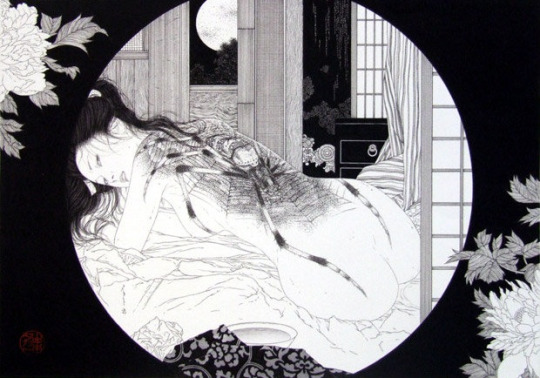Photo
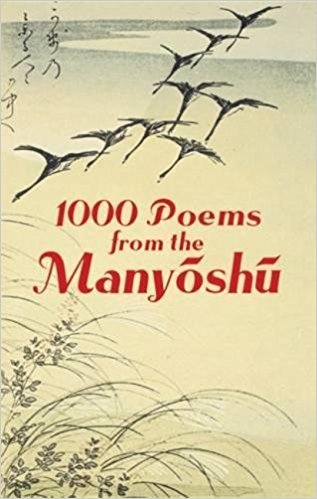
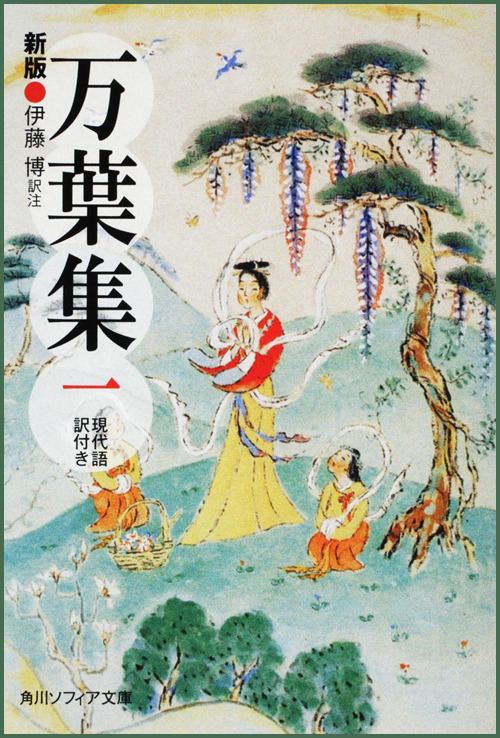

“Man'yōshū (万葉集, man'yōshū?, "Coleção das Dez Mil Folhas") é a mais antiga coleção da poesia japonesa, compilada em torno de 759 d.C., durante o período Nara. Seções desta coleção estão preservadas na biblioteca da Universidade Colúmbia. A antologia é uma das mais reverenciadas dentre as compilações poéticas japonesas. Acredita-se que o compilador seja Ōtomo no Yakamochi , apesar de inúmeras outras teorias terem sido propostas. A coletânea contém poemas de 347[1] a 759 d.C,[2] a maioria deles representando o período posterior a 600. A coletânea é dividida em vinte partes ou livros; este número se manteve na maior parte das coletâneas posteriores. A coletânea contém 265 chōka (長歌, poemas longos?), 4.207 tankas (短歌, poemas curtos?), um tan-renga (短連歌, curto poema conectivo?), um bussokusekika (仏足石歌?) (poemas sobre os caminhos de Buda no Yakushi-ji em Nara, quatro kanshi (poemas chineses), e 22 passagens de prosa chinesa. Diferentemente de outras coletâneas, como a Kokin Wakashū, não há prefácio.
Esta é a primeira grande coleção de poesia nativa do Japão, e foi escrita em caracteres chineses, no final do século VIII “
“ The Man'yōshū (万葉集, literally "Collection of Ten Thousand Leaves", but see § Name below) is the oldest existing collection of Japanese poetry, compiled sometime after AD 759 during the Nara period. The anthology is one of the most revered of Japan's poetic compilations. The compiler, or the last in a series of compilers, is today widely believed to be Ōtomo no Yakamochi, although numerous other theories have been proposed. The last datable poem in the collection is from AD 759 (#4516[1]). It contains many poems from much earlier, many of them anonymous or misattributed (usually to well-known poets), but the bulk of the collection represents the period between AD 600 and 759. The precise significance of the title is not known with certainty.
The collection is divided into twenty parts or books; this number was followed in most later collections. The collection contains 265 chōka (long poems), 4,207 tanka (short poems), one tan-renga (short connecting poem), one bussokusekika (a poem in the form 5-7-5-7-7-7; named for the poems inscribed on the Buddha's footprints at Yakushi-ji in Nara), four kanshi (Chinese poems), and 22 Chinese prose passages. Unlike later collections, such as the Kokin Wakashū, there is no preface.The Man'yōshū is widely regarded as being a particularly unique Japanese work. This does not mean that the poems and passages of the collection differed starkly from the scholarly standard (in Yakamochi's time) of Chinese literature and poetics. Certainly many entries of the Man'yōshū have a continental tone, earlier poems having Confucian or Taoist themes and later poems reflecting on Buddhist teachings. Yet, the Man'yōshū is singular, even in comparison with later works, in choosing primarily Ancient Japanese themes, extolling Shintō virtues of forthrightness (真 makoto) and virility (masuraoburi). In addition, the language of many entries of the Man'yōshū exerts a powerful sentimental appeal to readers...”
< https://en.wikipedia.org/wiki/Man%27y%C5%8Dsh%C5%AB>
#man'yōshū#万葉集#japanesepoetry#old japanese texts#japanese poetry anthology#japanese art#poesia#poesia japonesa#poemas#poemas de amor#love poetry#religious poetry#manyoshu
3 notes
·
View notes
Photo
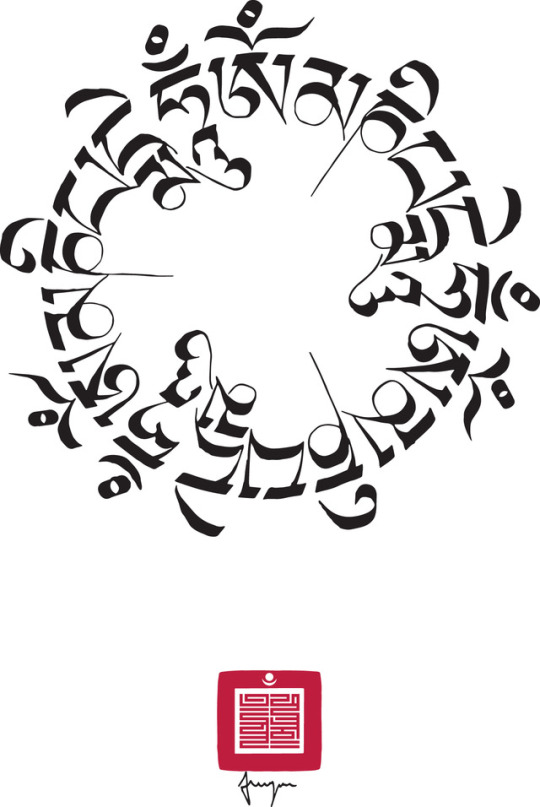
OM MANI PADME HUM
Compassion mandala in Tibetan calligraphy - by Jigme Wangchuck
#tibetan caligraphy#om mani padme hum#mantra budista#budhist compassion mantra#compassion#compassion mantra#mantra#meditation#meditação#compaixão#budismo#buda#tcherenzig#bodhisattva
7 notes
·
View notes
Photo

Wisdom Path traces a series of 38 wooden steles (upright monuments) containing verses from the centuries-old Heart Sutra — one of the world’s best-known prayers revered by Confucians, Buddhists and Taoists alike. These steles display the Chinese version of the prayer, based on the calligraphy of famous contemporary scholar Professor Jao Tsung-I, and are arranged in a ∞ pattern, which represents infinity. #hongkong, #lantau, #buddha, #budhism, #travel, #tourist, #hkig, #lantauisland, #localiiz, #kensdigitalmultimedia, #wooden
3 notes
·
View notes
Photo

Budha statue in Vung Tau Province, VietNam
3 notes
·
View notes
Photo
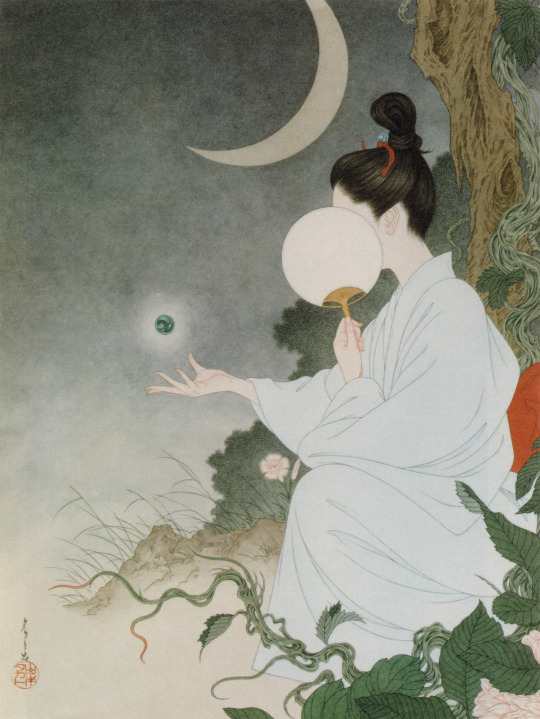


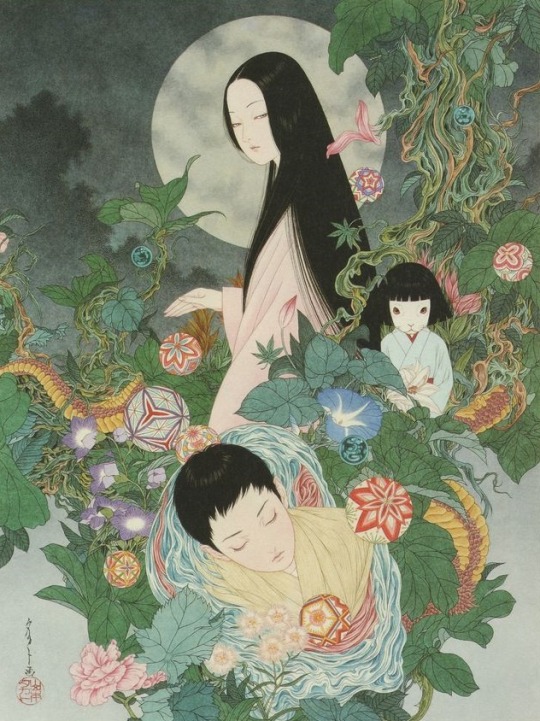
Takato Yamamoto
Illustrations from Grass Labyrinth by Kyōka Izumik
#takato yamamoto#illustrator#illustration#japanese illustration#japanese illustrator#japanese aesthetic#darkness#mistery#misterious#sombrescapes
27K notes
·
View notes
Audio
Déchire la peau épaisse
Qui pèse sur mes épaules
Détache-la pour moi
Membre par membre
Pièce par pièce
Je veux te montrer qui je suis
Au delà de mon corps
Au delà de ma chair
Te laisser entrevoir
Mes éctats limpides
Non humains
Regarde-moi
Tel que je suis
Et accepte-moi
Ne les laisse pas
Me voler mon âme
Ne les laisse pas la ternir
113 notes
·
View notes
Photo
Cover art from album Kodama - Alcest.
Alcest is my favourite metalband from france.
Kodama was inspire inspired by Hayao Miyazaki's film Princess Mononoke.
this artwork was inspired too by Takato yamamoto, and made by http://www.fortifem.fr/




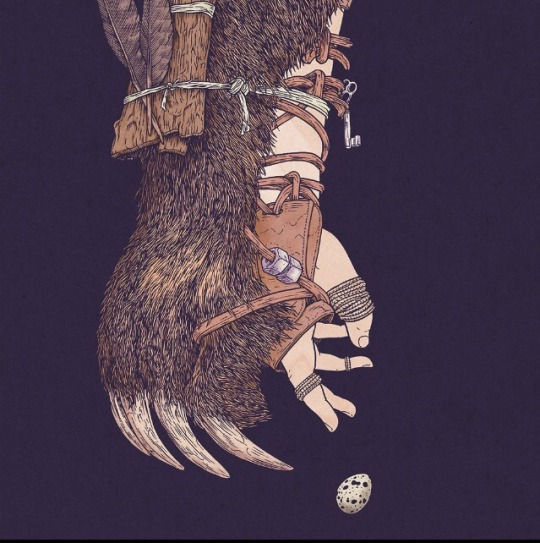
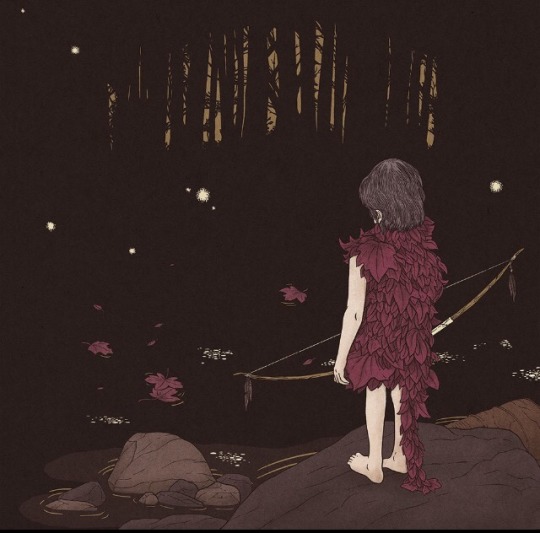
། Alcest །
#blackgaze#shoegaze#alcest#alcest album#cover art#japaneseinspiration#anime#princess mononoke#mononoke hime#hayao miyazaki#inspiration#japan#oriental#takato yamamoto
2K notes
·
View notes
Photo
My blog’s name is inspired by this movie : hanezu no tsuki of Naomi Kawase


#naomi kawase#hanezu#hanezu no tsuki#japanesecinema#japan#japanesemovie#cult movie#cannes#japanese#movie#cinema#cinefile#cinefilos
141 notes
·
View notes
Photo




Hanezu no tsuki (Naomi Kawase, 2011)
#naomi kawase#hanezu#hanezu no tsuki#manyoshu#poetry#movie#cultmovie#japanesemovie#japanesecinema#japan#landscape#cannes
126 notes
·
View notes
Photo

濤図屏風 Rough Waves - by Ogata Kōrin, 1704-’09
1K notes
·
View notes
Photo

Gautama Buddha Grotto | norsez
#budha statue#sidharta gautama#gautama buddha#budha#budhism#budhist#budhist art#budhist monument#historical#historicpreservation#historicphoto
79K notes
·
View notes
Photo

A woman creates a fishing net in a small village near Phan Rang.
32K notes
·
View notes
